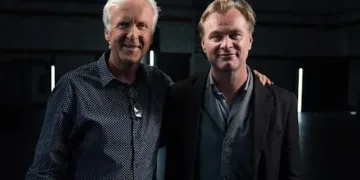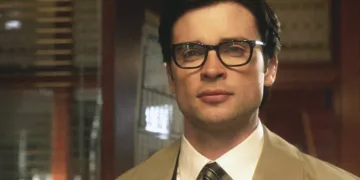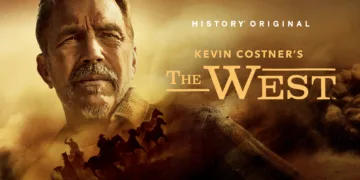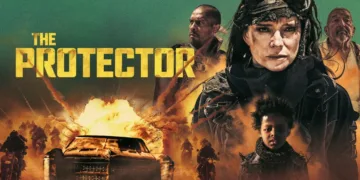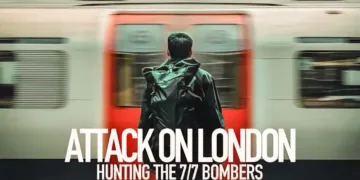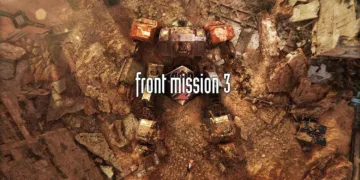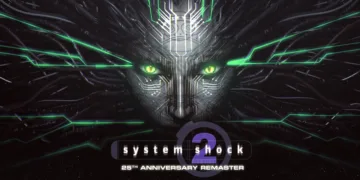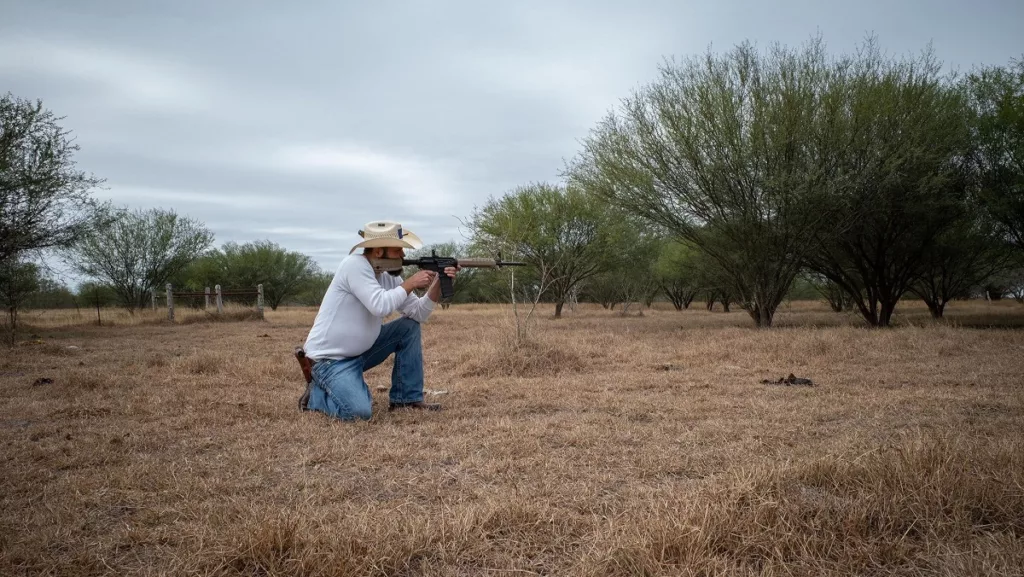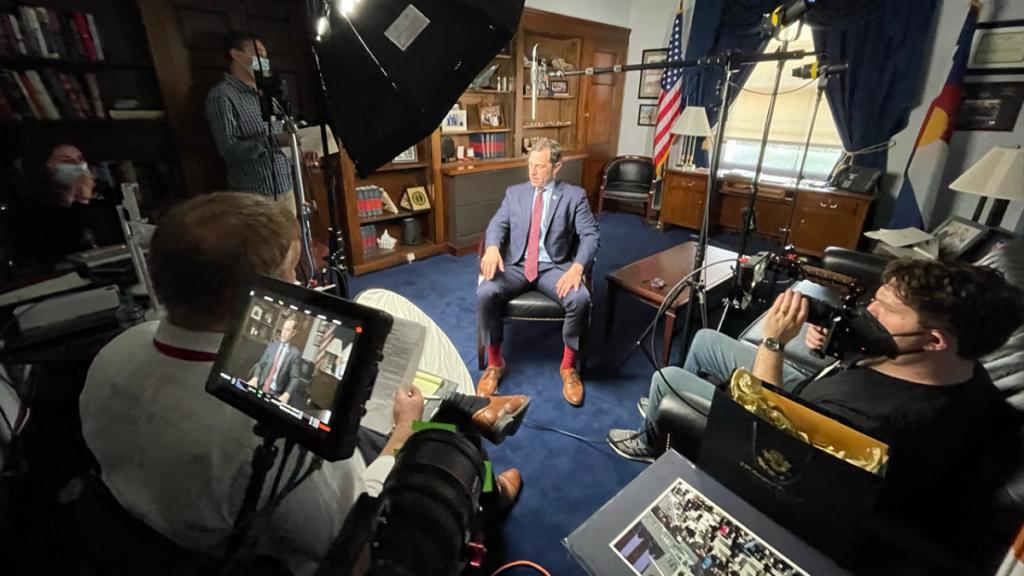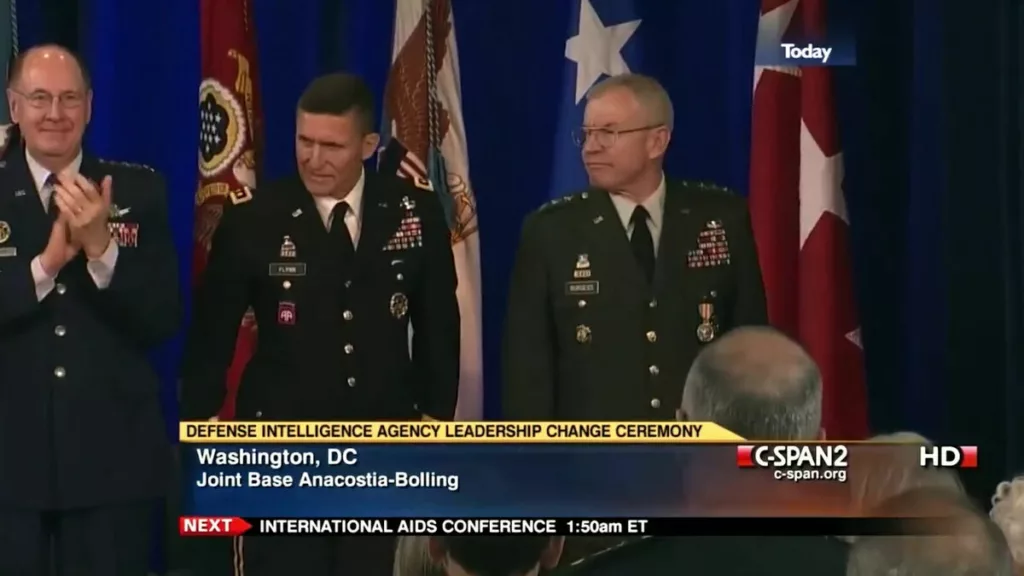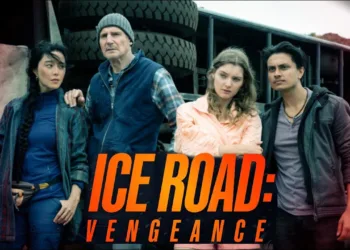Charlie Sadoff’s documentary Against All Enemies takes a compelling look at America’s growing problem with domestic extremism. As the director’s first feature film, Sadoff sets out to examine why some military veterans have become involved with right-wing and white nationalist groups in recent years.
Through interviews with experts, activists, and former group members, the film explores how these organizations actively recruit veterans struggling with issues like isolation, PTSD, and the search for purpose after leaving the military.
We learn how extremist rhetoric appeals to the sense of patriotism and camaraderie deeply ingrained through military service. Propaganda spread online and at gatherings aims to convince veterans they are fighting for their country once more by joining the cause.
More alarming is the insight given into how prior experience from deployments transfers effectively to the objectives of anti-government militias preparing for societal breakdown or confrontation with authorities. Sadoff presents a concerning picture of the ties formed between military training and ideologies that threaten democracy itself.
While expanding our understanding of a complex national security issue, Against All Enemies maintains a compelling narrative flow. Through first-hand accounts and analysis and by connecting present-day examples to historical precedents, the film effectively conveys the seriousness of the growing challenges posed by radicalized extremism in America.
The Call of Brotherhood
Few things are as powerful as the bonds forged in shared struggle. For veterans returning home after facing danger alongside comrades, isolation can be a harsh transition. Some grapple with trauma’s lingering effects, searching for purpose. It’s unsurprising that a kindred promise can stir longing in vulnerable moments.
The documentary profiles groups leveraging this human need. We meet the Southern Patriot Council’s founder, Eric, nicknamed “General E.” From his rural compound, worldly threats seem dire enough to arm for. Yet not all threats stem from abroad; some masquerade as fellowship. We see how militias aggressively market membership—not as extremism, but as patriotism. Videos deploy battlefield lexicon to revive faded glory and repackage hatred as defensive fervor.
Sadoff also introduces Oath Keepers, who portray themselves as guarding the Constitution from subversion. In reality, some members appear increasingly disconnected from legal constraints. Court documents from the seditious conspiracy trial of Stewart Rhodes, their founder, suggest a willingness to unleash violence in the shadow of “stolen election” falsehoods. Testimony depicts a disturbing allegiance to personal visions of order over citizens’ democratic will.
Throughout, interviewees offer sobering perspectives on radical groups’ intentional recruitment of veterans. Military training, after all, cultivates unit cohesion and the aggressive defense of perceived missions. For lost souls left questioning their place, reconstituting brotherhood under distorted banners can feel darkly appealing.
But as one subject warns, the future envisioned by such organizations would replace republican governance with a pseudo-fascist dystopia in just a few years if left unchecked. Sometimes the hands offering aid seek only to drag others down with them. We must find better ways of welcoming veterans home before loyalty to the country is twisted into its opposite.
Returning From War
For America’s veterans, the experience of coming home has often been a difficult one. After serving their country on distant battlefields, many struggled to assimilate back into civilian life. Some found themselves disillusioned and adrift, leaving them searching for a new sense of purpose and community. It’s a predicament that extremist groups have long exploited for their own gains.
The film examines how this dynamic has played out at various points throughout U.S. history. We learn that the Ku Klux Klan first formed in the aftermath of the Civil War, established by veterans of the Confederacy. Fueled by racist ideology and resentment over their military defeat, these ex-soldiers banded together and worked fiercely to oppress freed slaves and dismantle Reconstruction. Their organization would thrive for decades through terrorizing tactics and political influence.
A similar scenario followed World War I, as some returning troops felt alienated by a country undergoing rapid social change. From their ranks arose new hate groups that helped spark the 1920s resurgence of the KKK.
And after the tragedy and turmoil of Vietnam, another wave of veterans found allegiance to extremist causes. Timothy McVeigh, who carried out the Oklahoma City bombing in 1995, had served overseas and struggled to find purpose at home.
By highlighting these historical examples, the film demonstrates how the recruitment of veterans has long been a strategy for domestic terrorist organizations seeking to cultivate militancy and further racist agendas.
Even today, as some veterans continue to navigate difficulties in reintegration, their training makes them prime targets for radicalization. The film suggests we must do more to support those who serve our country if we wish to prevent the human tragedies that can result when they feel abandoned with nowhere left to turn.
Capitol Chaos Revealed
The harrowing footage from January 6th tells a grim tale. Through raw clips showing the riot unfolding, Against All Enemies offers viewers a first-hand look at how chaos erupted within the halls of democracy. Yet amongst the yelling crowds, there were clear signs of organization at play.
Masked men marching in tight formations stormed the building, their movements carrying a sense of coordinated strategy. They swiftly overpowered outnumbered police and redirected struggles away from cameras. These were not isolated individuals getting caught up in passion, but rather planned operations emerging with military precision.
Experts who analyze the clips note the obvious training on display. Several “units” of heavily equipped men contrast sharply with the casually dressed protestors outside. Their gear and grouping reveal expertise in applying tactics from past service. Michael Breen, a former army officer, confirms these were not tourists wandering aimlessly but rather organized militant forces leveraging combat skills.
Statistics show veterans comprised a disproportionate share of those charged with the attack. Their backgrounds made some uniquely qualified to command others and efficiently disrupt proceedings. But it also left them vulnerable, as some experts explain. Upon returning home, the absence of structure can foster alienation and susceptibility to radical fringe movements filling voids.
Whatever the drivers of individual actions that day, the riot footage leaves no doubt that entities harnessed veterans’ attributes to stage a calculated assault. Though they claimed patriotism, their conduct betrayed a coordinated effort to subvert democracy through violence rather than civil debate. In revealing such troubling nuance, the film raises pressing questions about domestic threats that still demand answers.
Understanding the Journey Back
For many veterans, returning home from war is a difficult transition. Aside from any physical or psychological wounds, there is the challenge of finding purpose after service and reconnecting with civilian life. Against All Enemies looks deeply at these issues through compelling interviews with men like Kristofer Goldsmith.
His story illustrates the vulnerabilities extremists prey upon. During his time in Iraq, Goldsmith endured horrors that left deep scars. Back home, the trauma manifested in loneliness and frustration as he struggled to fit into a world that had moved on without him. When propaganda peddling simplistic answers and conspiracies found its way into his feed, the feelings of alienation and need for meaning paved an opening.
Goldsmith is plainly aware of how he got pulled in, though he emphasizes that this can happen to the strongest among us. With help from groups providing the support structure and mission he longed for, it was all too easy to get consumed by warped ideologies. Thankfully, he had the wherewithal and support system to extract himself and work through that dark period. But many others never escape that rabbit hole.
The film poignantly shows how America’s duty to its veterans does not end when they remove the uniform. When we turn our backs on their sacrifices and needs, we leave the door open for those aiming to twist their patriotism towards harmful ends. By giving platforms to voices like Goldsmith’s, Against All Enemies helps viewers understand the journey back from war is a long road, and we must walk together if we wish to prevent further radicalization down dangerous paths.
Insight Beyond the Echo Chamber
Charlie Sadoff’s documentary Against All Enemies sheds light on troubling ties between military service members and far-right groups. Through raw footage and candid interviews, the film gives audiences an unvarnished look into communities often shrouded in secrecy. While the movie makes its headline clearly—that veterans are particularly vulnerable targets for radicalization—it also grapples with nuances that defy simplistic answers.
Sadoff is given uncommon access to those on opposing sides of this issue. We hear directly from members of extremist organizations explaining how they see the world, but also from a reformed veteran working to counter such influences. Both vantage points feel honestly rendered. By opening this dialog, the director moves discussions beyond polarized echo chambers, where misinformation breeds. Viewers see contested topics from multiple human perspectives rather than partisan caricatures.
At the same time, limitations in scope leave some stones unturned. While painting a sweeping historical picture, the movie doesn’t fully interrogate societal currents, driving some to radical fringes. And its primary focus on the past few years leaves the contemporary moment only partially addressed. Viewers walk away with a deeper understanding instead of fully-formed solutions.
Yet for a film’s first aim to be raising awareness, Against All Enemies succeeds powerfully. Its unsettling glimpse inside insular communities raises alarms for democracy’s defenders and opens minds previously closed or unaware.
Illuminating the shadows where danger grows is the hardest but most crucial first step. In bringing troubling forces into the light of consideration without condemnation, Sadoff moves conversations forward through empathy instead of antagonism. For laying such important groundwork, his film deserves wide audiences willing to look beyond preconceived visions of “others” and consider our shared stakes in each other’s humanity.
Veterans and the Threat of Extremism
Against All Enemies shines a necessary spotlight on an urgent issue. By profiling those recruiting veterans into dangerous groups and examining the roots of this trend, the film helps explain how extremism continues to target those who’ve served.
We learn how military experience makes veterans attractive to these organizations, which promise the camaraderie and mission many miss after leaving the service. But what they offer is an illusion—a false narrative that feeds division and threatens democracy. Both veterans turned activists like Kristofer, and experts warn this could lead down a dark path if left unchecked.
The film shows how this is nothing new, tracing back to the post-Civil War and examining how each era of unrest sees a surge. But what’s clear is that the scale of risk has grown larger than ever in online spaces that allow propagandists and hate to spread farther than before. Without support and deprogramming, more may find themselves second-guessing what they fought for.
Sadoff doesn’t pretend there’s an easy solution. But by establishing this as an ongoing national security threat demanding a response, the film plays a part in the awareness that serves as a starting point.
Only by facing hard truths head-on, standing together against those preying on patriotism, and prioritizing care for those who served can we hope to steer clear of the disturbing future threatened. Against All Enemies prompts a much-needed conversation and reminds us why addressing extremism’s effect on veterans remains so crucially important.
The Review
Against All Enemies
In sparking vitally important discourse through thorough investigation and firsthand accounts, Against All Enemies delivers a searing indictment of inaction in the face of climbing extremism. Though addressing shortcomings could make its message more accessible, Sadoff has guided captivating input from all sides towards a sober verdict: this growing national security threat demands a response equal to the risk.
PROS
- Sheds important light on the little-understood threat of veteran radicalization.
- Effectively examines the historical and ideological roots of the problem.
- Features compelling commentary from experts on both sides of the issue.
- Raises awareness of how extremist groups prey on military members' sacrifices.
CONS
- Some discussions feel broad and could have gone deeper into specific groups.
- More solutions Focused segments were needed to balance the alarming substance.
- Bias against certain perspectives may turn some viewers away.
- Runtime challenges keeping unfamiliar audiences engaged throughout














